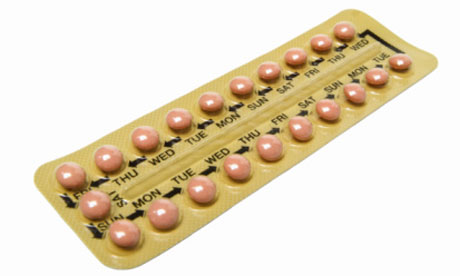
People often think that their contraception is more reliable than it actually is, according to research published in the American Journal of Obstetrics and Gynaecology (AJOG). A study of 4,000 American women found nearly half of those surveyed overestimated how effective the pill and condoms were at preventing pregnancy. A recent British survey by Marie Stopes of women who had unplanned pregnancies found a similar over-optimism about their effectiveness. So how safe is your choice of contraception?
Women who use no protection and have regular sex have an 85% chance of getting pregnant within a year (using the withdrawal method you are still subject to a 27% risk). If you are using condoms the figure is 15% for the male variety and 21% for the female type. A cervical cap has a 16% failure rate in a woman who has never had children but a 32% risk for women who have given birth. If you are on the pill you may think you are safer than you are: 8% of women get pregnant while taking it.
The solution
If getting pregnant would be a disaster, then you need to be realistic in your choice of contraception. Failure rates are higher in real life than they are in studies. "In the real world women don't take their pills perfectly," says David L Eisenberg, assistant professor of obstetrics and gynaecology at St Louis School of Medicine in the United States and lead author of the AJOG paper. "They don't take them close to the same time every day. They don't know what to do when they miss a pill. It's complicated: they should use another method or abstain until their next period to be really safe. Condoms have a high failure rate because you need to have a very motivated partner to use them and there is a lot of potential for mistakes."
Studies show that women say they choose contraception based on how effective it is first, then how safe (how many side effects) and how convenient it is. But the most effective methods – long-acting reversible contraceptives which include implants, injections and intrauterine devices – are still under-used. Eisenberg recommends using these.
Contraceptive implants (a tiny rod under the skin) have a less than 0.1 in 100 risk of pregnancy over three years. A quarter of women stop using implants after one year, partly because of irregular bleeding but some may stop because they want to get pregnant. Intrauterine devices have a failure rate of less than two in 100 over 12 years but can cause bleeding and pelvic pain. Hormone injections (Depo-Provera) have a failure rate of less than 3% in the first year of use. They need to be repeated every 12 weeks so don't forget to get the next injection.
If you've finished childbearing or don't want children, then sterilisation works but still has a failure rate of one in 200 for women and one in 700 for men.

